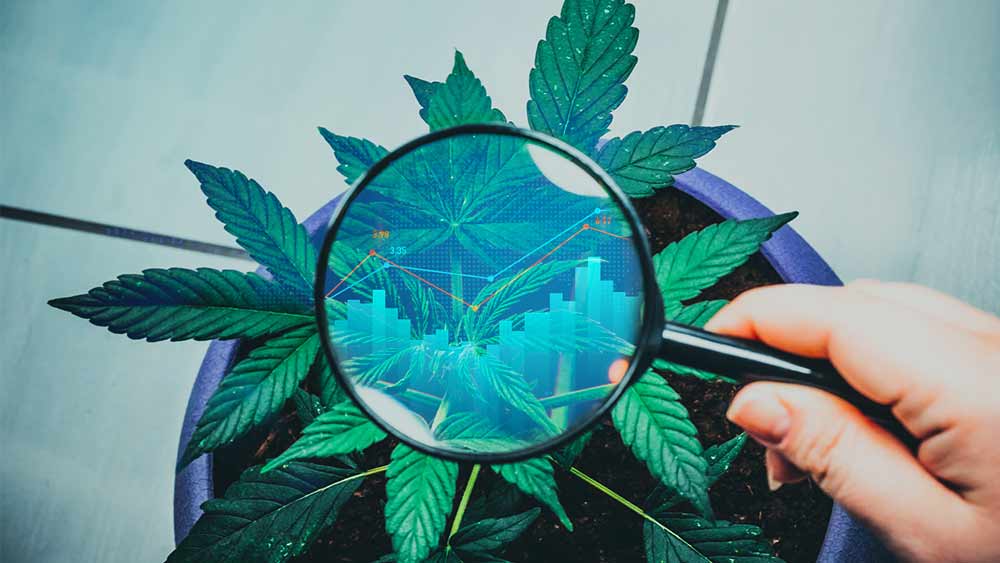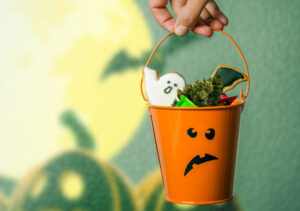As an increasing number of states legalize weed, the U.S. cannabis testing market is projected to reach $1.2 billion by 2026, a new report from Global Market Insights said.
According to the report, this growth will come on the back of rigorous government regulations and increased investment into the research of medical marijuana, which remains largely unexplored due to cannabis’ federally illegal status.
Cannabis testing, although standards vary from state to state, includes testing product for heavy metals, pesticides, and residual solvents, as well as testing the THC or CBD potency.
Divided by testing technology, the cannabis testing market in the U.S. consists of several smaller markets like chromatography and spectroscopy, which are then further classified into smaller sub-markets. The report highlights the chromatography market will show a CAGR (compound annual growth rate) of 10.4% by 2026.
Looking at regional data, the Pacific Central market commands a 45% market share and is expected to continue growing by 2026 as it includes large markets such as California, Washington, and Alaska.
Cannabis testing standards vary across the country
Since marijuana is classified as a Schedule I in the eyes of the federal government, testing regulations have been developed by states that decided to legalize medical and recreational sales.
In California, by far the largest legal market for weed, cannabis is regularly tested for cannabinoids, heavy metals, microorganisms, mycotoxins, pesticides, and residual solvents.
In Colorado, which along with Washington state became the first in the U.S. to allow adult-use sales, all cannabis products are tested for potency, residual solvents, and microorganisms.
However, testing for heavy metals and pesticides was introduced just two years ago following a recall of certain products found to contain potentially harmful pesticides.
The use of dangerous pesticides in the cultivation of weed is particularly concerning on the black market. Last year, it was reported authorities discovered 25,000 illegal marijuana plants in California, some of which were sprayed with the toxic pesticide carbofuran.
When it comes to the potency of products currently available on the U.S. market, THC levels appear to have skyrocketed in recent decades, according to various reports.




